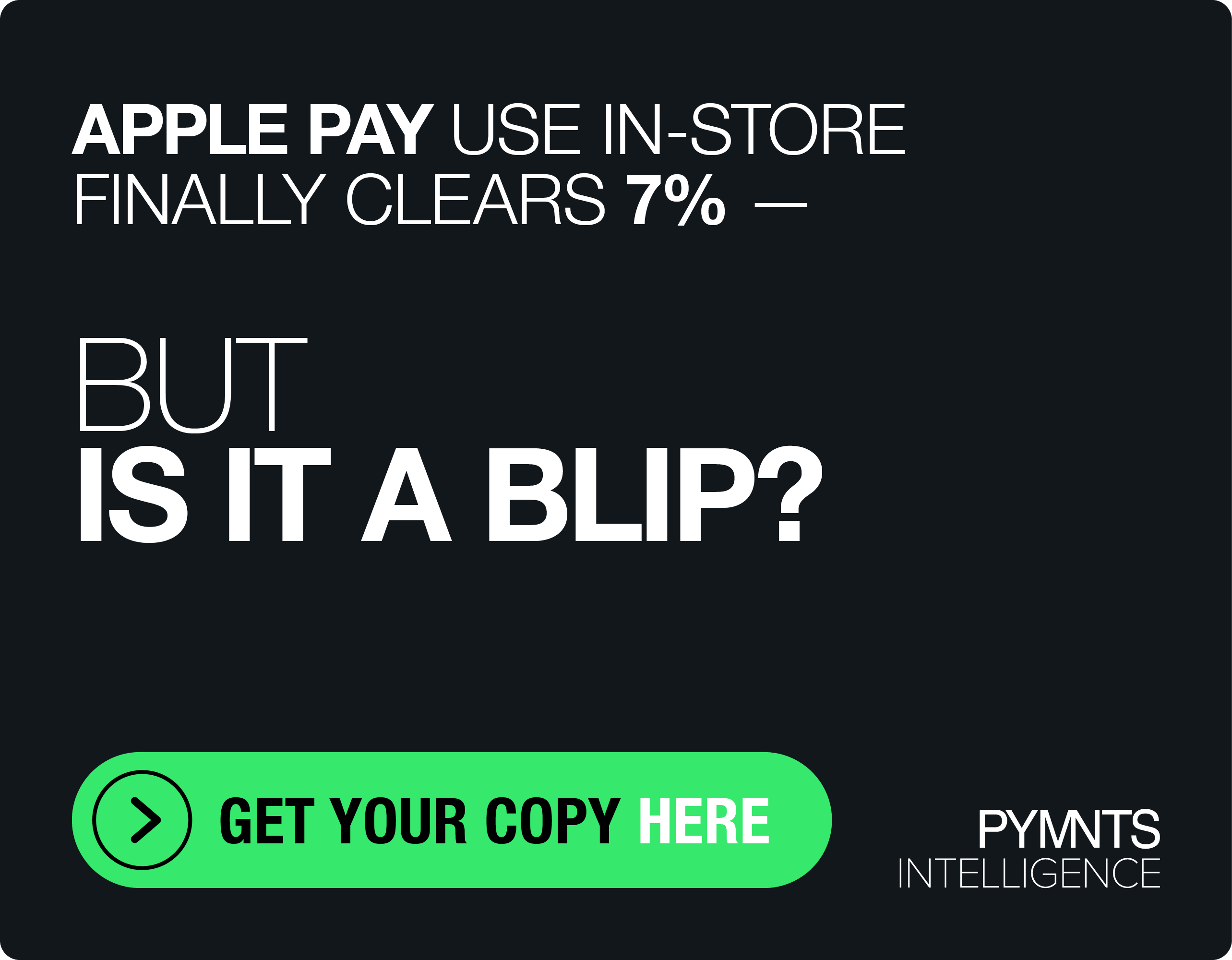Healthcare Providers Pick Up The Digital Pace
It wasn’t a physician who said, “an ounce of prevention is worth a pound of cure.” It was a revolutionary with a second-grade education named Ben Franklin. Also, he was talking about fires and not fitness — but the saying is forever tied to the idea of getting ahead of our health problems.
Easier said than done, with almost everyone being on lockdown for the past year.
Many medical practices and providers didn’t effectuate much digital preparation pre-pandemic, according to Colin Mellon, senior vice president of Healthcare and Insurance Solutions at Fiserv — a fact that now places them in a payments predicament.
During a PYMNTS TV Trend Talk, Mellon noted that “the pandemic highlighted the lack of digital engagement tools that healthcare providers were utilizing, despite the fact that many of these solutions have been around for years.”
This changed environment, which Mellon said “led to a massive shift from IRL to virtual in every facet of the patient experience,” suddenly demanded electronic scheduling of telehealth appointments, digital statements and accounts payable (AP)/accounts receivable (AR) automation — more shifting than some could quickly do.
Yet, providing consumer experiences that take into consideration “all of these items was paramount,” he said. “Personally, I’m excited about the transformative steps that were taken during the COVID environment, and where that will lead us in coming years.”
Time To Retire 1980s-Era Healthcare Billing And Payments
Entire industries now obsess over perfecting end-to-end customer experiences — perhaps nowhere more so than in healthcare, which is still suffering from its own COVID-19 complications.
Integrated technology, including chatbots, virtual visits and online tutorials that demystify statements, all have a job to do in healthcare’s new selection of digital procedures.
“Along with that, payers will also play a large role,” Mellon told PYMNTS.
Looking at healthcare’s transformation as an opportunity rather than a forced change is key, and Mellon noted that medical insurance companies and payers are part of that triage team for healthcare payments.
“Obviously, digital scheduling and digital check-in and checkout tools … need to be more pervasive, and finally, we need to eliminate paper billing and statements. I mean, it really is … 1980s technology” that’s reached IT retirement age, he added.
Rather, Mellon said he sees the effort of conjoining healthcare with digital payments and data as central to treating patients like paying customers — a mindset adjustment that healthcare organizations urgently need to make as the ability to receive bills quickly and digitally, and pay them in the same manner, has become critical in today’s digitally-driven world.
Pointing to what he called “a better consumer retail experience to provide patient choice,” Mellon touched on offering service loans and partial payments, and accepting health savings account (HSA), flexible spending account (FSA) and health reimbursement arrangement (HRA) cards, as well as debit and credit cards, saying, “all of those [options] really [opened] the aperture for the customer to pay in the manner in which they’d like to pay.”
Digitizing payouts to get providers paid faster — “so that we’re not leaving them with … elongated AR days,” as Mellon said — is another critical step in modernizing this vertical.
Protecting patients’ private healthcare data also remains paramount, especially when digital payments are added to the mix. Simply put, providers must get payments security right every time.
The Mobile Response To Healthcare’s Crisis — And More
PYMNTS research over the course of the pandemic shows that mobile payments and digital wallets are finally having their moment. Novel no more, mobile payments are now table stakes.
Remarking that the pandemic pushed “non-digital demographics [to] convert to digital, especially mobile channels in order to manage their care,” Mellon said that new digital journeys now unfolding in healthcare — like online scheduling, QR code check-ins, telemedicine appointments and digitized insurance cards — have moved from innovation of the future into standard transactions and interactions that tens of millions of Americans have experienced through the COVID vaccine process, providing an introduction to how integrated digital payments can streamline the patient experience.
Digital success stories are starting to appear in healthcare, a positive sign that digital transformation is not only happening but is also leading to better financial outcomes.
As Mellon said, “we’re really seeing a lot of momentum in this space, especially around providers.”
Fiserv recently partnered with two major integrated delivery networks, one in New York City and the other in the Midwest, with approximately 65 hospitals serviced between them.
“They’re really looking at taking their payment experience to that next level and allowing patients to pay anywhere, anytime and anyway,” he said, returning to the notion of improving the patient experience through digital engagement.
These large integrated delivery networks are trying to proffer a “consumer checkout experience to their patients, and … in doing so … they’re creating a higher level of patient satisfaction,” Mellon added. “They’re creating a higher understanding … with their customer base and their patients around how to financially manage their bills.”
